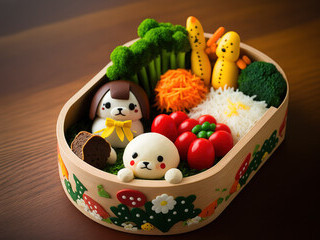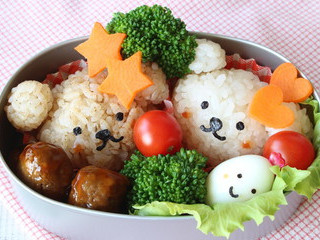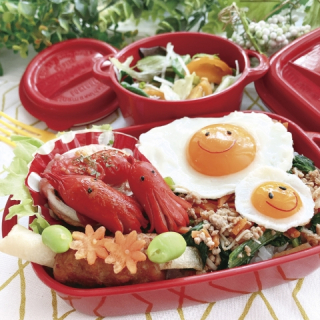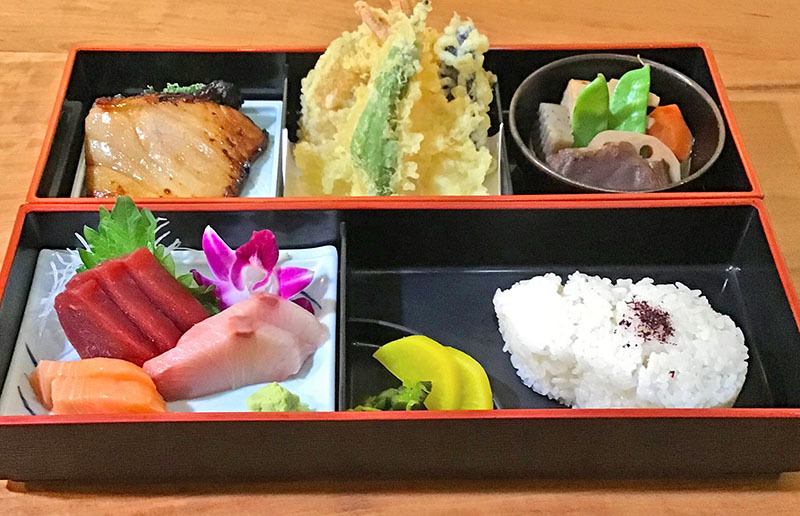What is Japan’s “kawaii”? What is the history behind this subculture that has inherited fashion, toys, books, and food?
Kawaii culture is recognized by the Japanese government as one of the country’s most important cultural exports. It spread all over the world through kawaii fashion, manga books, toys, food, and more. Kawaii food is a unique phenomenon that has emerged in recent decades, characterized by its kawaii look, bright colors, quirky shapes and playful decorations. This can be seen in animal-shaped desserts and snacks, such as panda-shaped cakes, rabbit-shaped rice cakes, and bear-shaped cookies. Hello Kitty, smartphone emoji, Pokemon GO, and other kawaii that you may have seen before. One of the reasons why the Pokémon GO mobile game has proven to be addictive and has millions of people running around trying to collect kawaii creatures, he designed Pokémon to be highly addictive cuteness. because it is This strategy is nothing new, and many games and animated movies have managed to strike a chord with people around the world by creating characters with big eyes, round bodies, and short limbs. This childlike look appeals to human instincts that help nurture and protect your baby.
Food-like “kawaii”?
Kawaii feeds like a parasite that clings to everything worshiped on large communities like social media platforms… imagine what millennials like to share on social media please look. Kawaii culture embraces whatever is “trend” and gourmet culture is definitely on the rise, so is food-inspired kawaii.
So why has kawaii food become so popular in Japan? Why are adults just as embracing this trend as children?
The answer seems to lie in centuries of culinary traditions that have been eaten with the eyes as well as the mouth.
eat with your eyes?
Today, kawaii is well integrated with the traditional aesthetic norms that guide the presentation of all Japanese cuisine: small divided pieces, contrasts in color and shape, reminders of the seasons.
This is best illustrated by the modern phenomenon of kyaraben.
Many of these bento boxes take hours to prepare and are made daily by Japanese mothers for their children. It’s a way for mothers to express affection while also getting their children to eat healthy, nutritious meals.


love in a lunch box?
A bento box is more than just a lunch.
One of the ways a mother expresses her love for her children is with her daily lunch.
It is believed that a child who opens a handmade lunch box will feel a mother’s love “jump out of the box.”
And from a nutritional perspective, the theory is that if you give your child food in a way that they understand and love, they will eat the whole meal, including the vegetables.
social factor?
Bentos, and kawaii food in general, are becoming more and more a social media staple in Japan.
After all, these works testify to the devotion of mothers to their children, not to mention their creative abilities.
Cuteness makes you smile. Finding new ways to share this warmth is key to Japan’s advanced kawaii culture.
“Kawaii” of food?
Kawaii culture extends to food, too, with serving rules fundamental to traditional Japanese cuisine: small portions, punctuated by contrasting colors and shapes, and well integrated with seasonal influences. Nowhere is this seen more than in Japanese bento. Bentos are easy to carry around and are often made for children’s lunches in Japan, but they are enjoyed by adults as well. It consists mainly of rice, accompanied by an assortment of meat, fish, pickles and cooked vegetables. For lunch boxes, you can show your creativity by cutting sausages to look like octopuses, or using seaweed to add eyes to characters made of rice and eggs.


If you feel like eating a delicious bento after reading this article, please visit Tamon (Miyako Hotel 2F).

Although it is not a character bento, but we will provide a delicious bento.